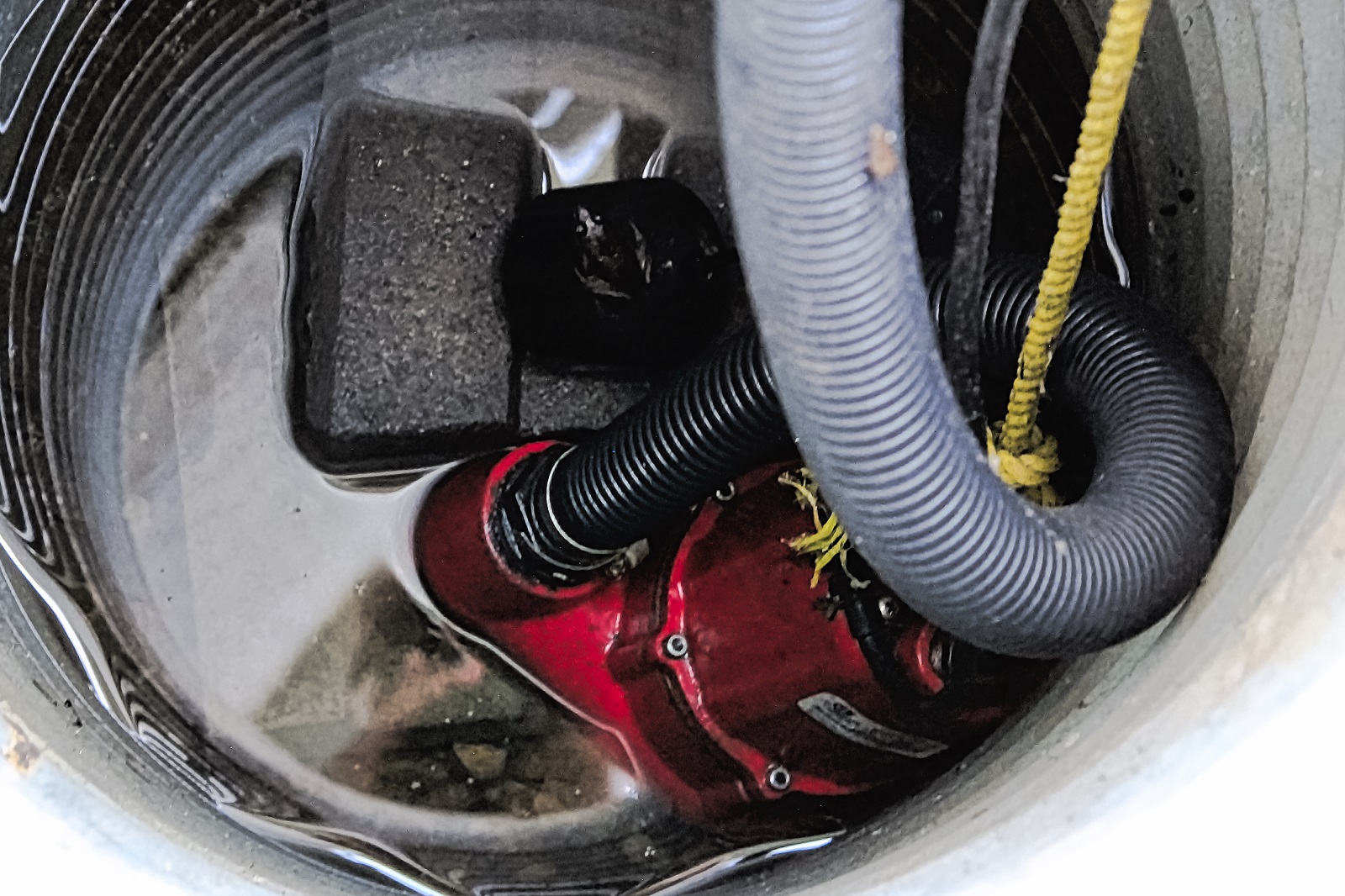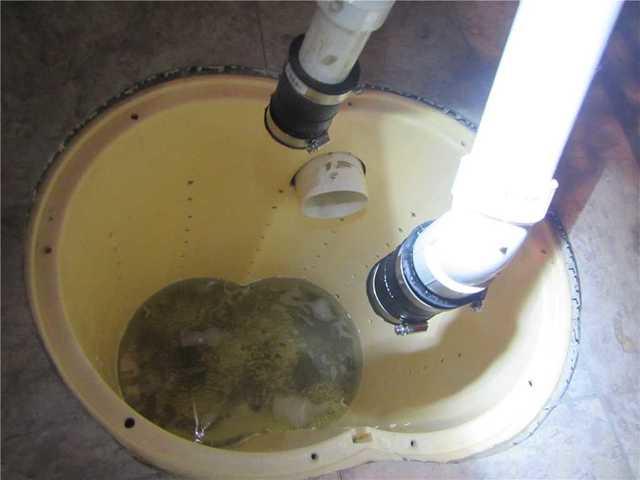Leading Steps for Maintaining Your Sump Pump
Leading Steps for Maintaining Your Sump Pump
Blog Article
Here in the next paragraphs you will find a bunch of helpful details around Keep Your Sump Pump Clean, It'll Keep You Dry.

Sump pumps are critical parts in numerous homes, specifically in areas vulnerable to flooding or too much moisture. They aid avoid water damages by effectively removing excess water from basements or crawl spaces. Nevertheless, like any other home appliance, sump pumps call for regular upkeep to guarantee they work properly when needed one of the most. Cleaning your sump pump is a vital part of its maintenance, and recognizing just how to do it correctly can conserve you from pricey repair work and possible disasters.
Introduction
Maintaining a tidy sump pump is vital for its correct functioning and long life. Overlooking this vital job can cause obstructions, malfunctions, and ultimately, water damages to your home. As a result, learning how to clean up a sump pump is vital for property owners that count on these gadgets to maintain their cellars dry and safeguarded.
Understanding the Sump Pump
Before diving into the cleansing procedure, it's essential to have a fundamental understanding of exactly how a sump pump works. Usually set up in a pit or basin listed below the cellar floor, a sump pump includes several key parts, consisting of a pump, a float switch, and a discharge pipeline. When water collects in the pit, the float switch turns on the pump, which then pumps the water out through the discharge pipeline, far from the building's structure.
Signs of a Dirty Sump Pump
Knowing when your sump pump needs cleansing is vital for avoiding possible breakdowns. Some typical indications that suggest an unclean sump pump consist of odd noises during operation, decreased water flow, and noticeable debris in the pit. If you notice any one of these symptoms, it's necessary to cleanse your sump pump promptly to avoid any kind of more concerns.
Getting ready for Cleansing
Prior to you begin cleansing your sump pump, it's necessary to take some security preventative measures. Start by turning off the power to the pump to prevent any kind of electrical mishaps. Furthermore, wear appropriate safety gear, such as gloves and goggles, to secure on your own from dirt, particles, and possible pathogens.
Detailed Guide to Cleansing a Sump Pump
Turning off the Power
Begin by separating the power supply to the sump pump to prevent any kind of mishaps while cleansing.
Eliminating Particles and Dirt
Utilize a bucket or a scoop to remove any noticeable debris, dirt, or sediment from the sump pit. Dispose of the debris properly to prevent it from clogging the pump or the discharge pipeline.
Cleaning up the Pump and Float Change
When the pit is free from debris, very carefully remove the pump from the pit. Evaluate the pump and the float switch for any kind of signs of damages or wear. Use a soft brush or towel to clean the surfaces and eliminate any kind of accumulated grime.
Flushing the System
After cleansing the pump and float button, purge the sump pit with tidy water to get rid of any staying dust or sediment. This will aid make sure that the pump runs efficiently and effectively.
Looking For Appropriate Functioning
Prior to reinstalling the pump, do a quick test to guarantee that the float button activates the pump properly. Pour some water into the sump pit and observe the pump's procedure. If every little thing is working properly, you can reassemble the pump and reconnect the power supply.
Upkeep Tips to Maintain Your Sump Pump Clean
In addition to routine cleansing, there are several upkeep suggestions you can follow to maintain your sump pump in optimal condition:
Verdict
Cleansing your sump pump is a critical aspect of its maintenance and ensures that it runs efficiently when you need it one of the most. By following the actions detailed in this guide and including regular maintenance into your routine, you can extend the life expectancy of your sump pump and safeguard your home from water damage.
6 STEPS ON HOW TO CLEAN A SUMP PUMP PROPERLY
UNDERSTANDING SUMP PUMPS
Your sump pump plays a crucial role in protecting your home by managing and removing excess water. It primarily functions as a “shield”, guarding your basement against the damaging effects of water accumulation. The pump is housed in a sump pit in the lowest part of your basement, and its job is to pump out any water that collects there.
During heavy rainfalls or when snow melts rapidly, water can infiltrate your basement, posing potential risks like flooding, structural damage, and harmful mold growth. Here, the sump pump springs into action, pumping out the intruding water and directing it away from your home.
SAFETY FIRST
Before cleaning, remember to prioritize safety. Disconnect the sump pump from the power source to prevent any accidental electric shocks. Also, wear sturdy gloves to protect your hands from any sharp or dirty components within the pump.
REMOVE THE SUMP PUMP
After ensuring your safety, the next step is to remove the sump pump from its pit. Doing this might require careful maneuvering as you don’t want to damage any pump components. Once removed, clean the sump pit to remove any accumulated debris or sludge.
INSPECT THE PUMP
Inspect the pump for any visible signs of wear or damage. Check the power cord, float switch, and impeller housing. If any components look worn out or damaged, consider replacing them to ensure optimal performance.
CLEAN THE PUMP
Thoroughly clean the pump with warm, soapy water. Make sure to rid it of any dirt, gravel, or other debris that might impede its performance. You can use a toothbrush to clean the small, hard-to-reach parts of the pump.
REINSTALL THE SUMP PUMP
Reinstall the pump into the sump pit Make sure it’s positioned correctly to remove the water effectively Once it’s back in place, reconnect it to the power source TEST THE PUMP
Finally, pour some water into the pit to ensure the pump works correctly. It should start automatically and begin pumping out the water; if it doesn’t, check the power source and the positioning of the pump.
Remember, while cleaning your sump pump is an essential part of home maintenance, hiring a professional plumber for a thorough inspection and cleaning at least once a year is also important. This will ensure that your pump is in optimal condition, ready to protect your home from potential water damage.
BEST PRACTICES FOR CLEANING SUMP PUMP DISCHARGE PIPES
Regular Inspection: Regularly inspect your discharge pipes, especially during heavy rainfall or snowmelt periods. Look for any signs of blockage or damage. Early detection of problems can prevent serious issues down the line. Periodic Cleaning: Over time, sediment and debris can accumulate in the discharge pipes, impeding the flow of water. Regular cleaning helps keep the pipes clear and functioning efficiently. You can use a high-pressure water jet to effectively clean the pipes. Insulation During Winter: In colder climates, discharge pipes can freeze, blocking the outflow of water. Protect your discharge pipes from freezing temperatures by insulating them with foam pipe insulation. This will ensure the sump pump can continue to discharge water even in freezing conditions. Proper Positioning: The discharge pipe should be positioned to direct water away from your home’s foundation. Improper positioning can lead to water seeping back into the basement. Ensure the pipe is long enough and angled correctly. Installation of a Check Valve: A check valve prevents water from flowing back into your sump pit after the pump has pushed it out. Installing a check valve helps maintain the efficiency of your sump pump and reduces the risk of flooding. Minimize Pipe Turns: Every curve or turn in the discharge pipe can decrease the efficiency of water flow. By minimizing turns and bends in your discharge pipe, you can increase the efficiency of your sump pump. https://www.fullspeedplumbing.com/how-to-clean-a-sump-pump-properly9999/

I am very fascinated with Cleaning & Maintenance Tips for Your Home's Sump Pump and I'm hoping you enjoyed reading the entire post. Sharing is caring. Helping others is fun. I take joy in your readership.
Book Service Now Report this page